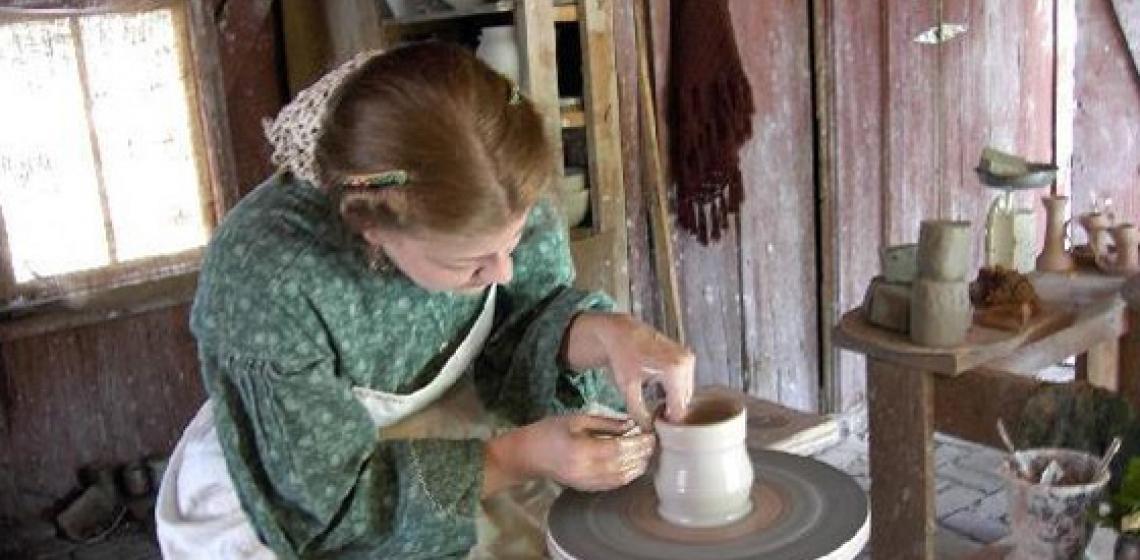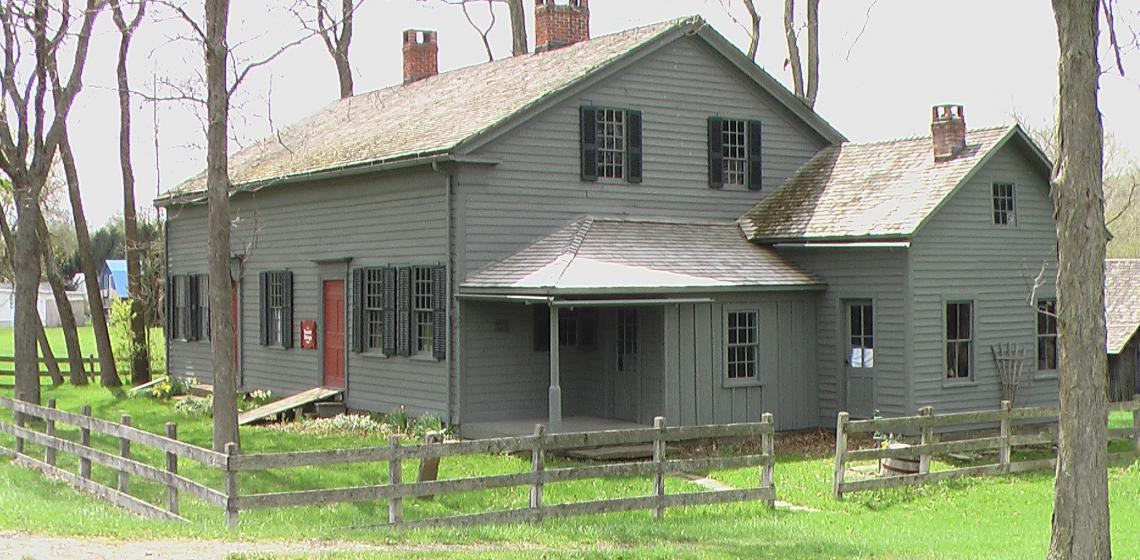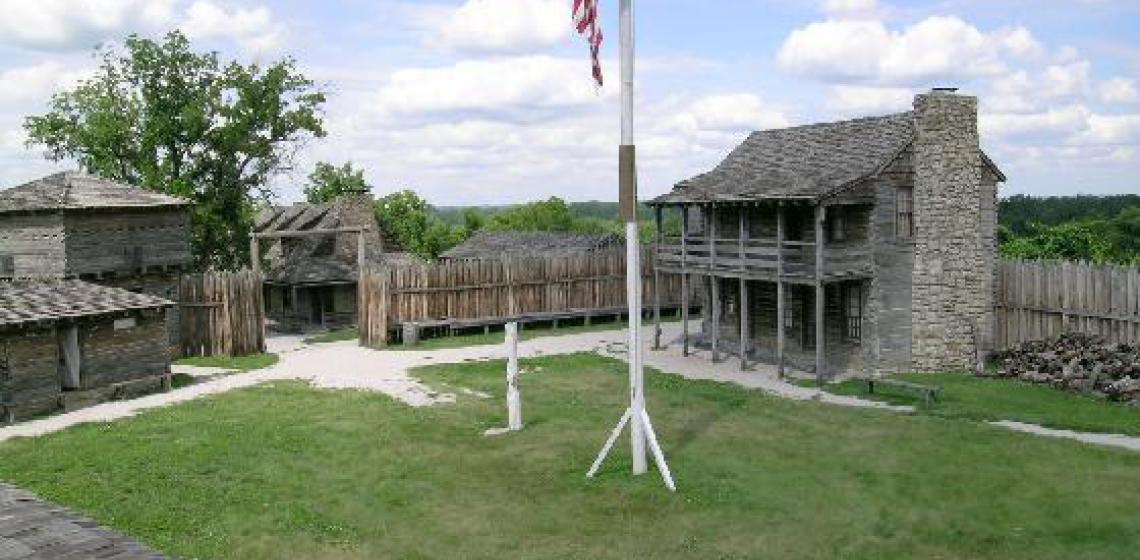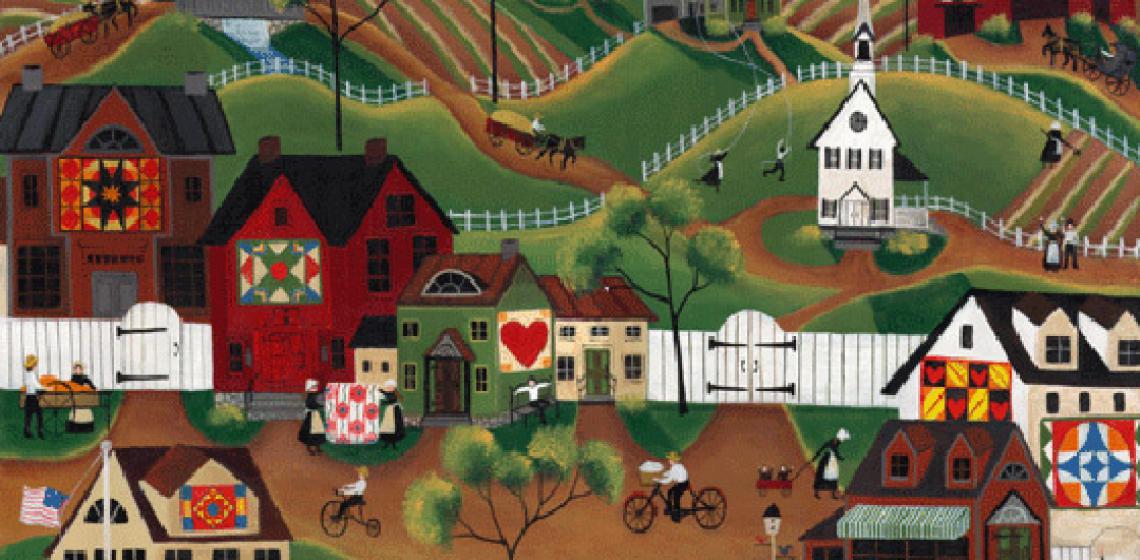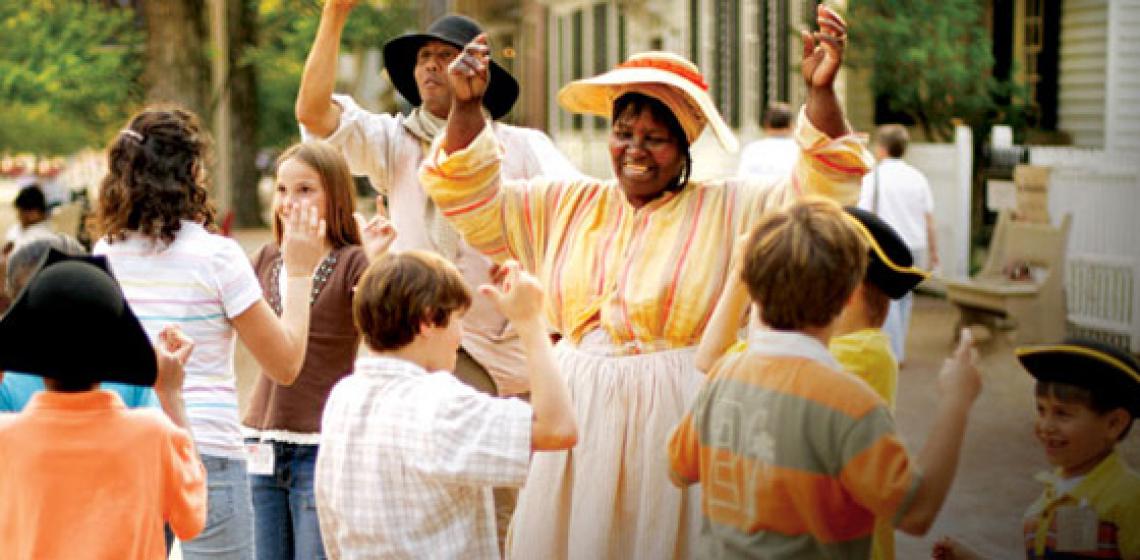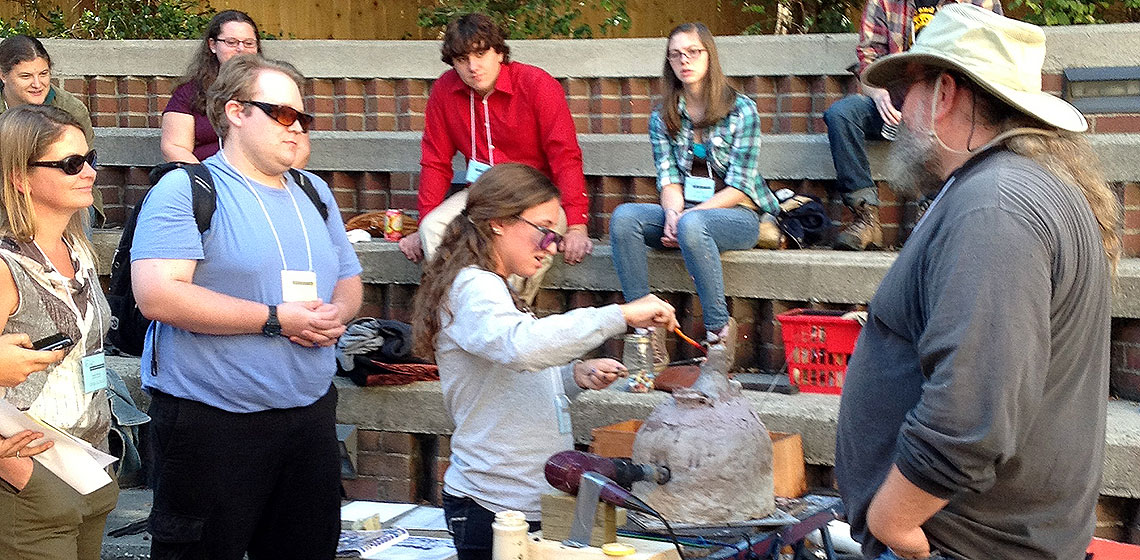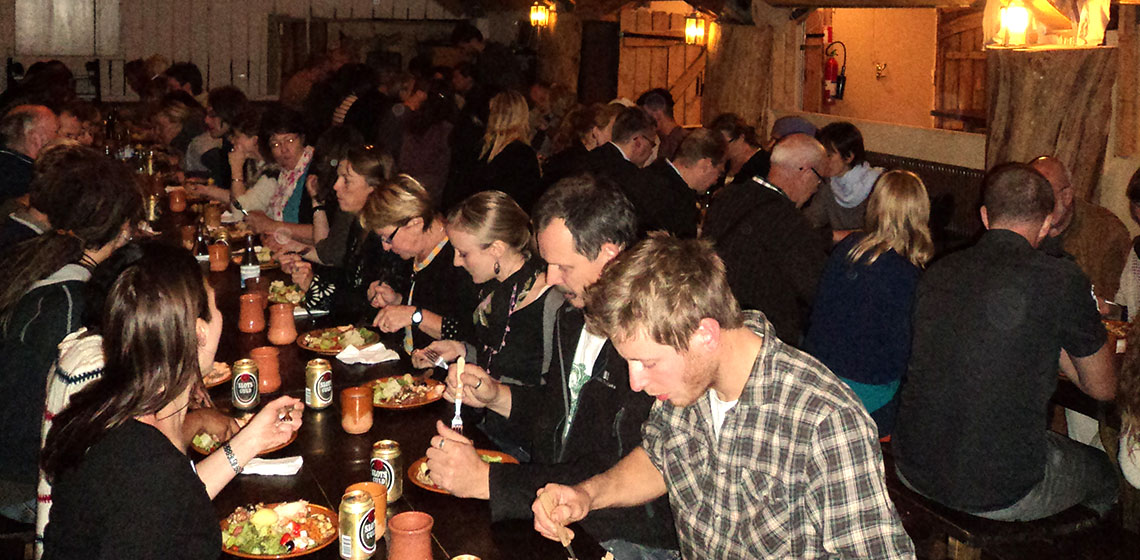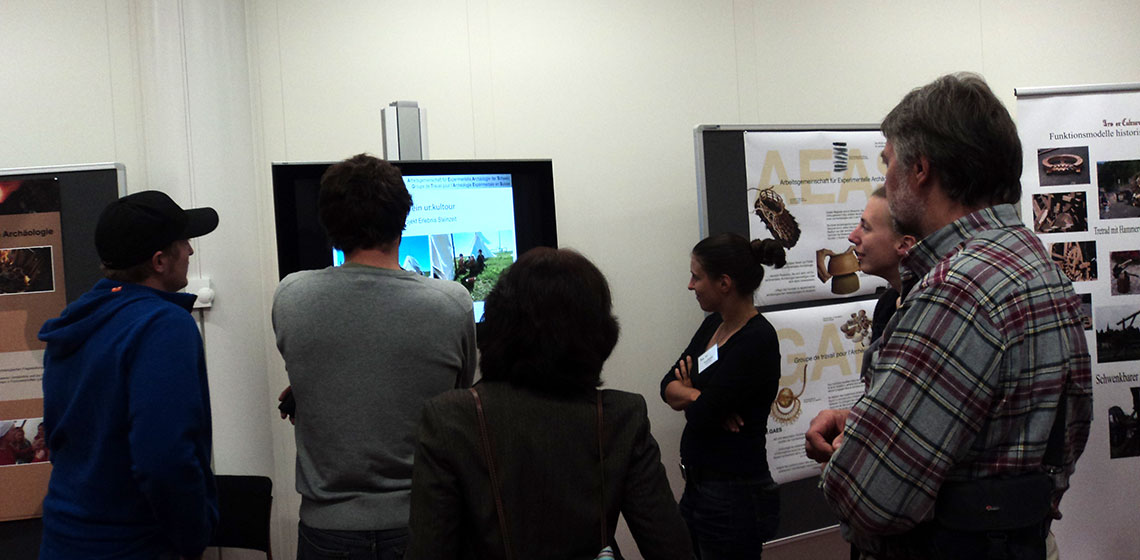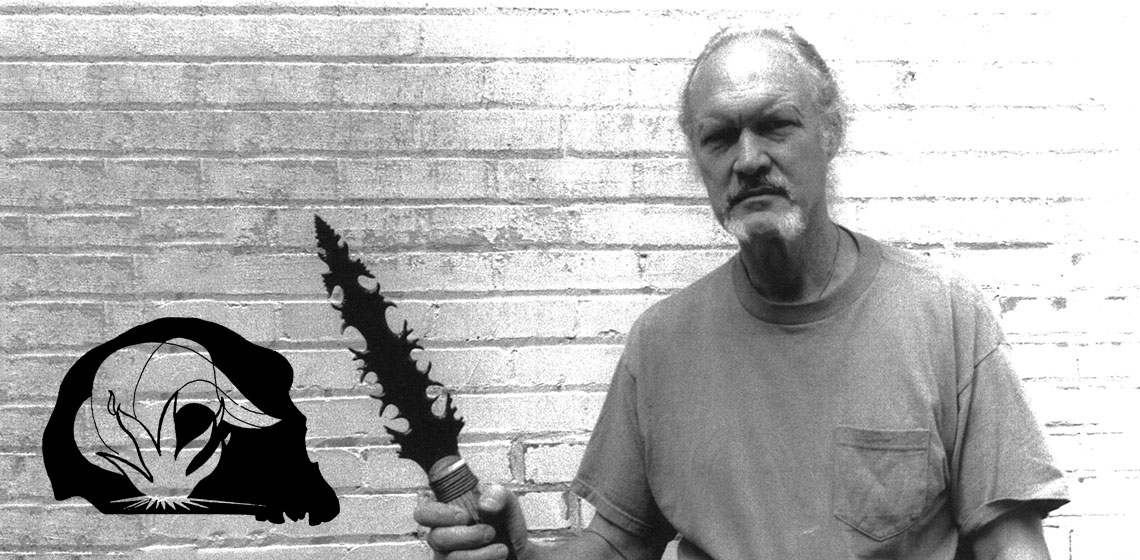Hancock Shaker Village (US)
Hancock Shaker Village is a National Historic Landmark District in Hancock, Massachusetts that was established by Shakers in 1791.
The Shakers are a religious order who believe in pacifism, celibacy, communal living, and gender equality.
Hancock Shaker Village is a National Historic Landmark District in Hancock, Massachusetts that was established by Shakers in 1791.
The Shakers are a religious order who believe in pacifism, celibacy, communal living, and gender equality...


